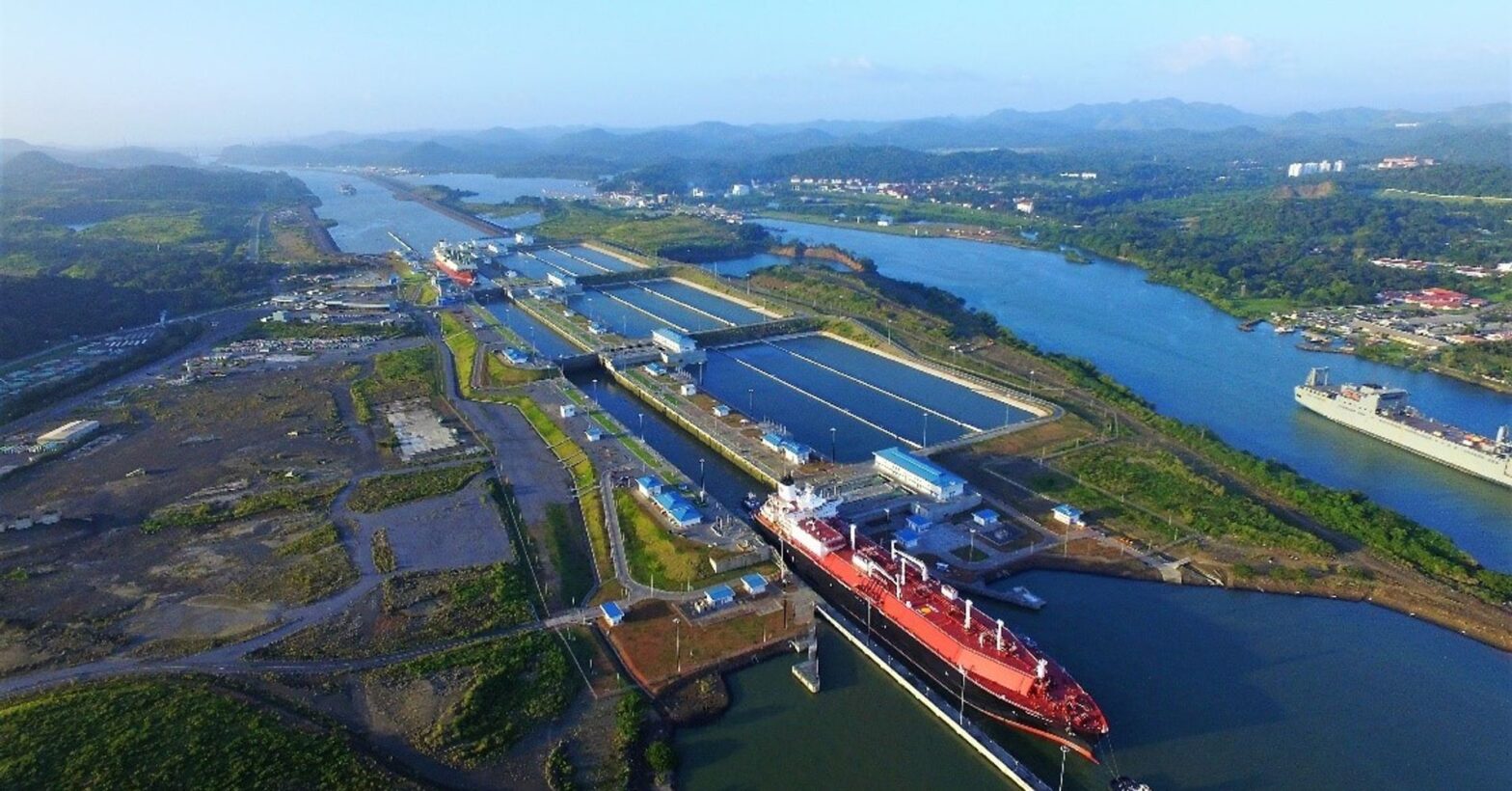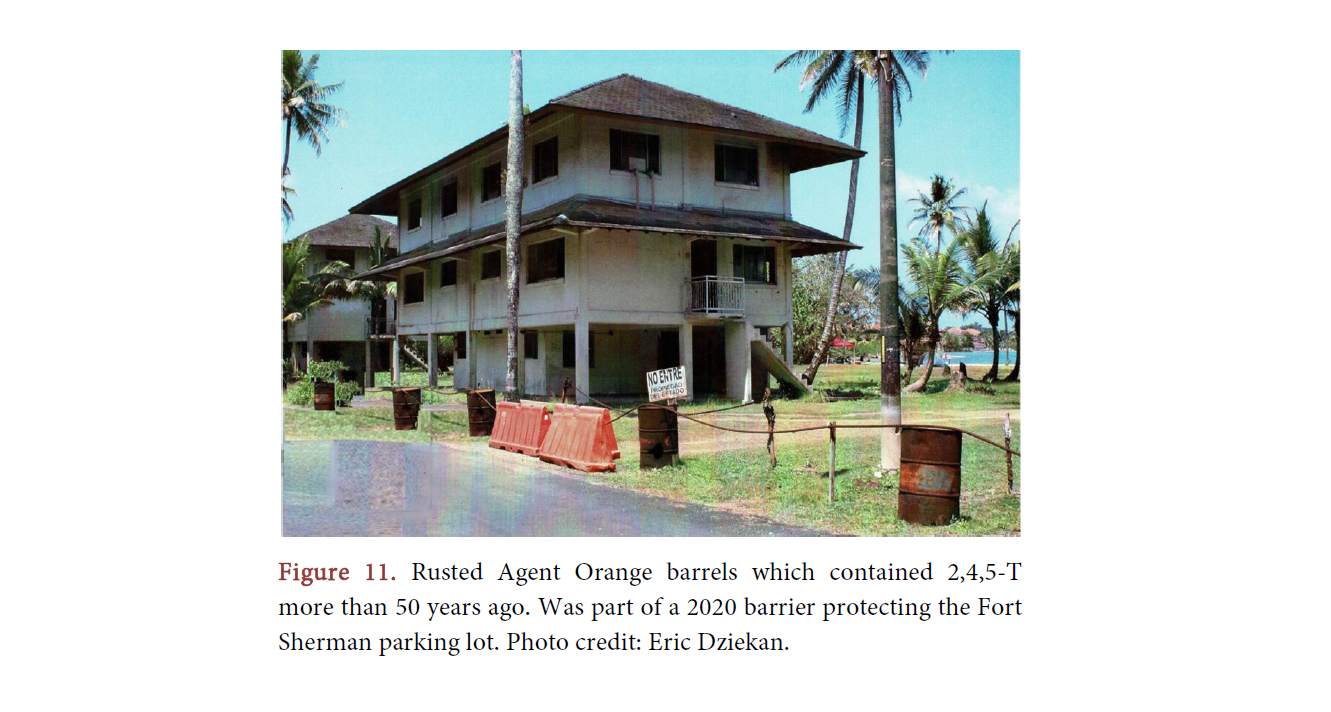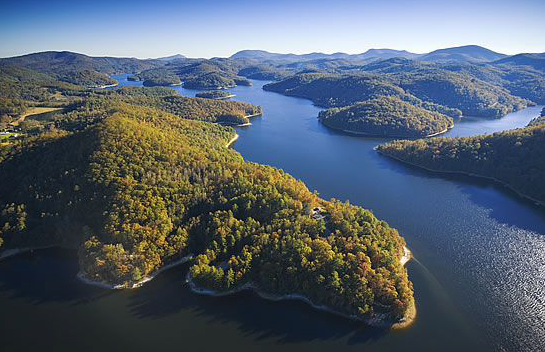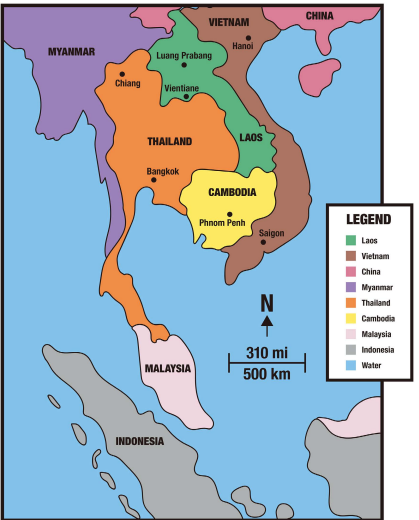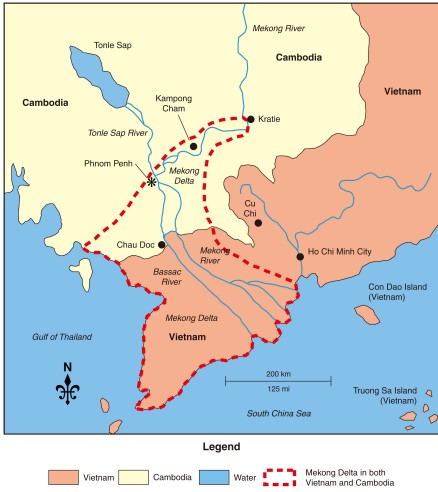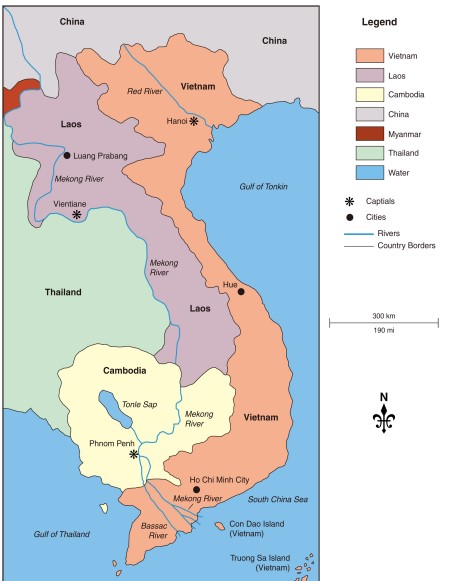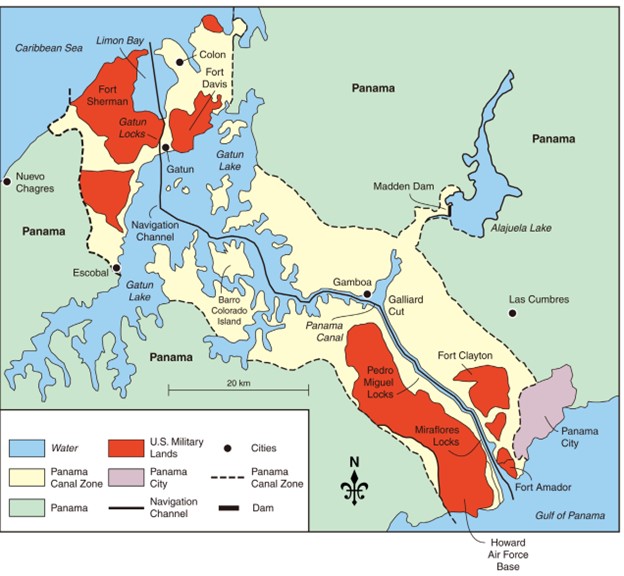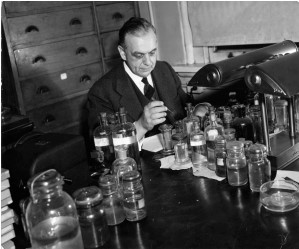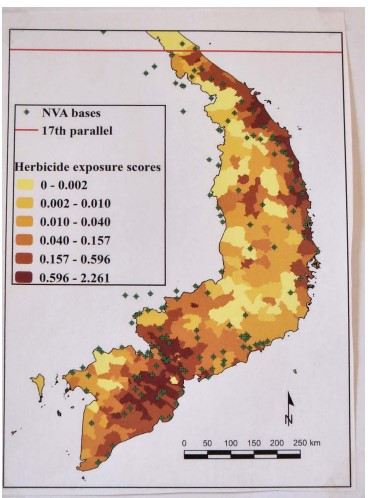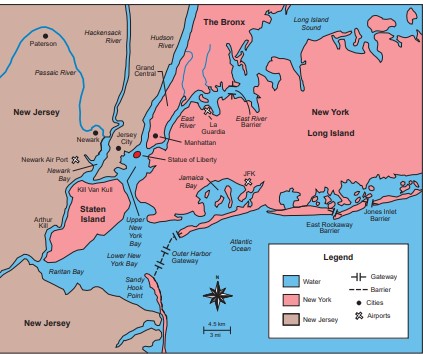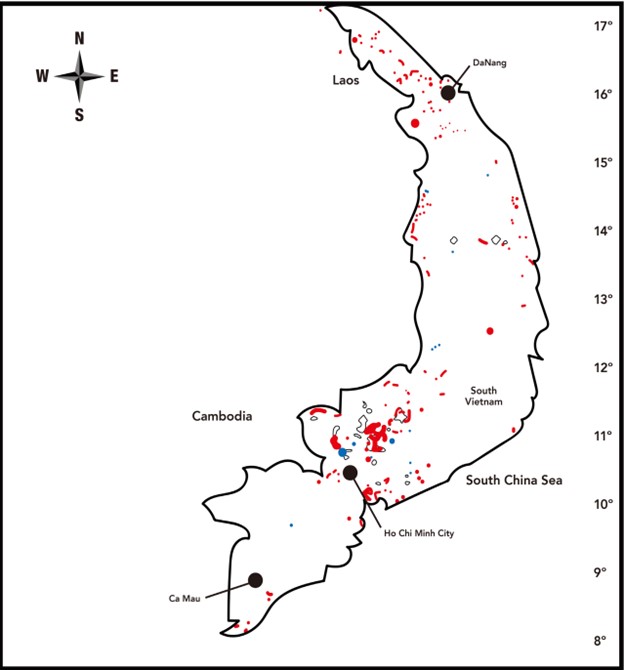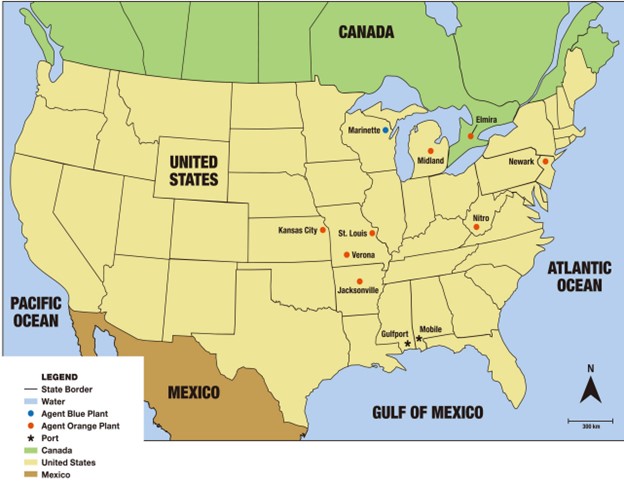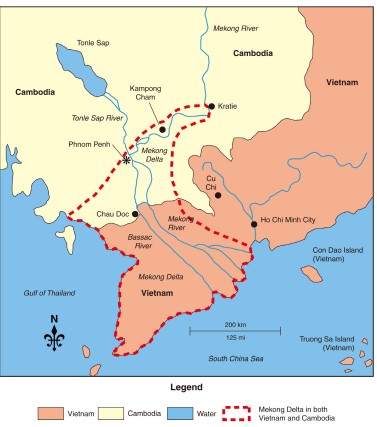Long-Term Environmental Impacts of Pesticide
and Herbicide Use in Panama Canal Zone
Kenneth R. Olson1, Donna Tornoe2
The opening of the Panama Canal in 1913 transformed ocean-shipping and the availability of internationally-traded goods, shortened travel time between the Pacific and Atlantic oceans, increased ship tonnage, and sparked the growth of port authorities on both the Atlantic and Pacific coasts of the Panama Canal. Historically, the United States was number one and China was number two in tons of cargo that pass through the canal annually in the high stakes game of import and export markets. Prior to the construction of the Panama Canal, the most efficient way to cross the 82-kilometer isthmus, between the Port of Panama City on the Pacific and the Port of Colon on the Atlantic, was by mule trails through tropical forests and river transportation. Since the construction of the Panama Canal through tropical forests in the 1910s, pesticides have been essential for managing mosquitoes as well as controlling wetland vegetation that blocked lakes, rivers and the canal. The pri- mary objective of this research study is to document the long-term environmental impacts of pesticide and herbicide use in the Panama Canal Zone. Many of these chemicals, including 2,4,-D, 2,4,5-T and DDT, have a long half-life under water and some, like arsenic (As), have no half-life. Pesticides and chemicals flowed into Lake Gatun via surface runoff either in solution or attached to the sediment during the rainy season. The by-product 2,3,7,8-tetrachlorodibenzo-p-dioxin (TCDD) is an unanticipated contaminant created during the manufacture of the herbicide 2,4,5-T. TCDD can bio-accumulate in fish and birds and enter into the human food supply. The extent of the current chemical and pesticide contamination on former U.S. military base grounds and in Lake Gatun is unknown. Systematic soil sampling of current and former military bases, chemical disposal sites and Lake Gatun or the Panama Canal sediments is needed to determine if mitigation is necessary.
Other Suggested reading by Dr. Kenneth Olson and the Merry Band of Retirees
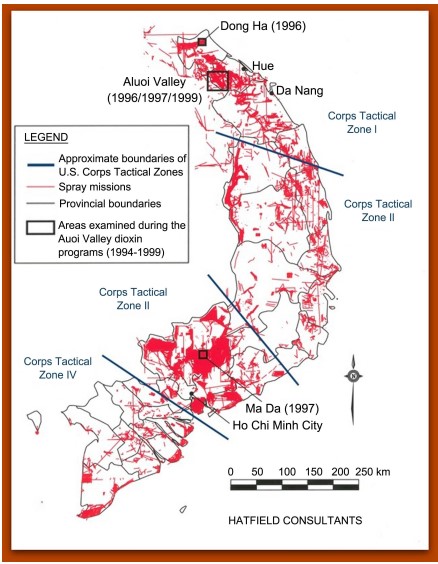
If you like the content please subscribe to my youtube channel The Travels of Orange, also known as czveterans.com
This 12 minute video shows that the shipments of 2,4-d & 2,4,5-t were coordinated throughout the decades. The same 2,4-d & 2,4,5-t went to both Vietnam and Panama.
This video discusses Fort Sherman, Panama Canal Zone giving a brief history and description of the former US Army Post. This is part of a series reviewing possible test sites for detecting past herbicide and pesticide use in the Panama Canal Zone based on personal observations and historic documentation.
